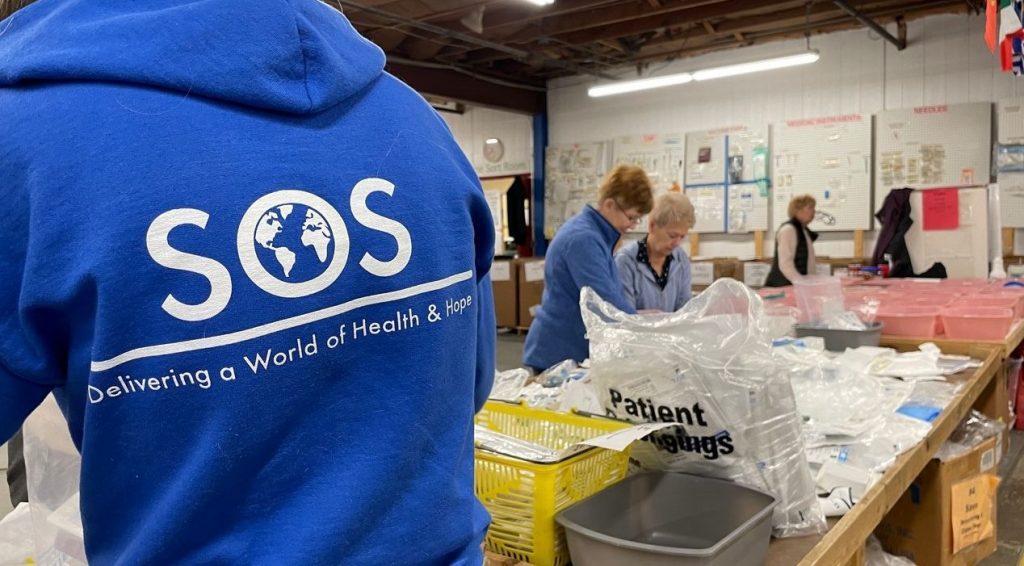Facebook’s far-out communication technologies

Facebook is envisioning technology that is far in advance of anything currently possible On his Facebook page, Mark Zuckerberg added: “Our brains produce enough data to stream four HD movies every second.
Speech, we all know, is definitely not the fastest (well, not even fast) way to get information out into the world. Facebook’s hardware research lab, Building 8, is working on a “silent speech” system that will let us type straight from our brain about five times faster (at a rate of 100 words per minute) than we can type on our phone today. We are talking about controlling computers directly with our brains. It hopes to build a new kind of noninvasive brain-machine interface—such as a cap or headband—that lets people text by simply thinking. It intends to build both the hardware and software to achieve its goal, and has enlisted a team of more than 60 scientists and academics to work on the project.
The company plans to decode those specific words that one would want to share and not random thoughts. Such a device—a headband or some sort of cap—could be useful to people so severely paralyzed that they can’t communicate. Over time, though, brain interfaces could be a way to “think” a message rather than typing it, or send a text in the middle of a conversation, Facebook thinks. They could also be a way to communicate with others in virtual or augmented reality, which are technologies that Facebook has been pushing heavily.
To achieve sophisticated brain control with today’s technology requires the implanting of a computer chip into the brain. The project, in its early stages, will require new technology to detect brainwaves without needing invasive surgery.
Other ideas detailed at the company’s developers conference in San Jose included work to allow people to “hear” through skin using a wearable device—an armband, perhaps. The system, comparable to Braille, uses pressure points on the skin to relay information.
At two years we should have a pretty good sense of whether it’s possible to build such system into consumer goods.

